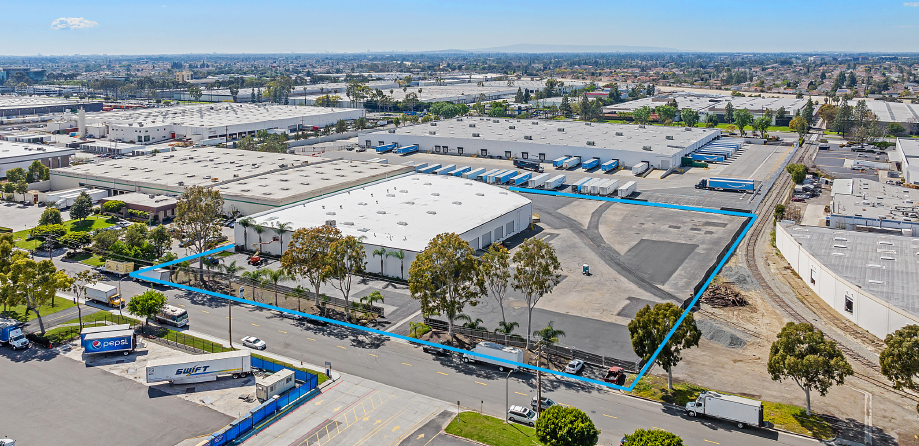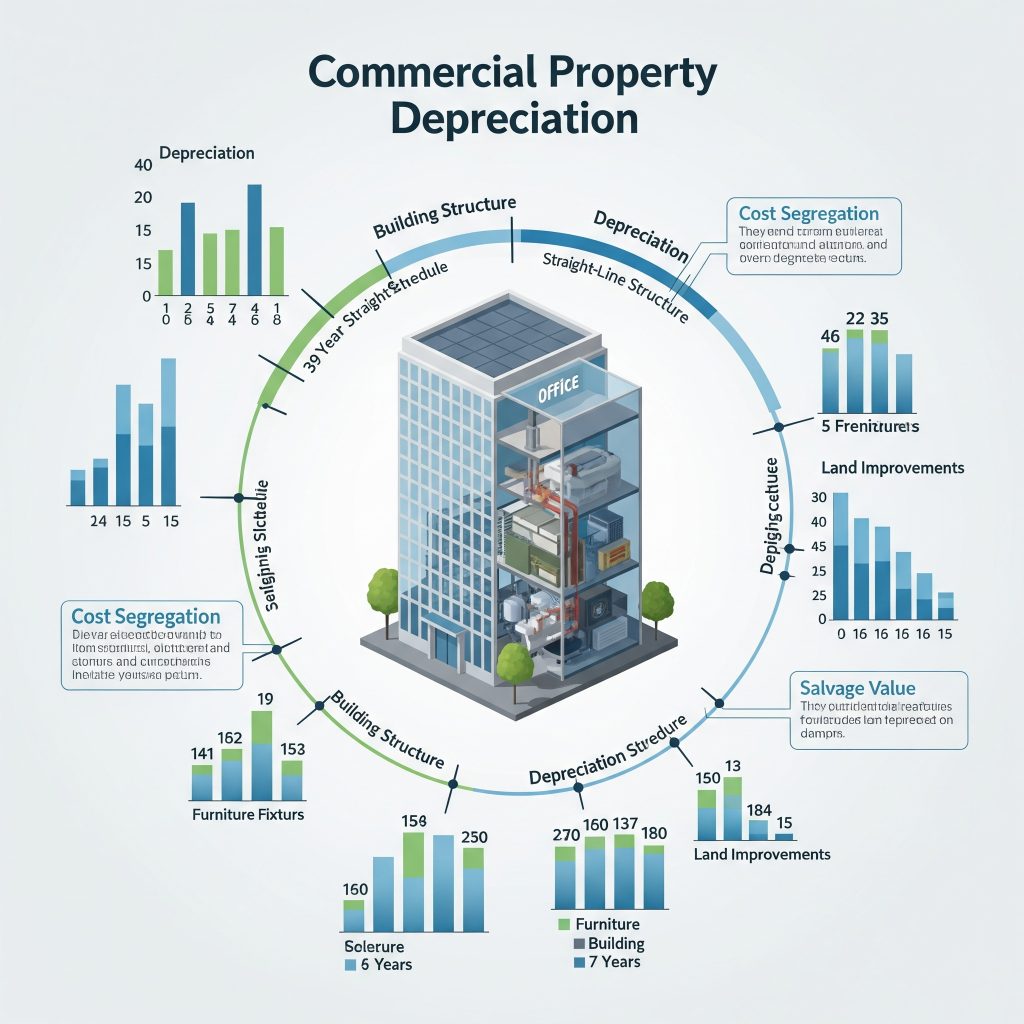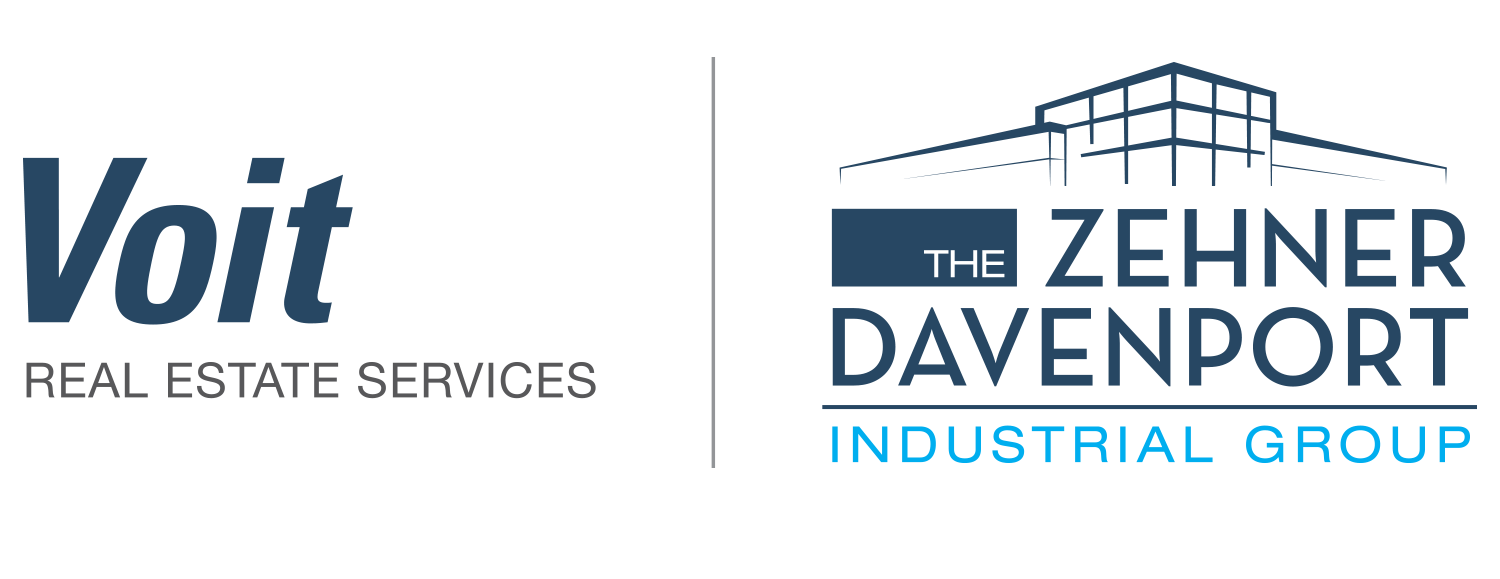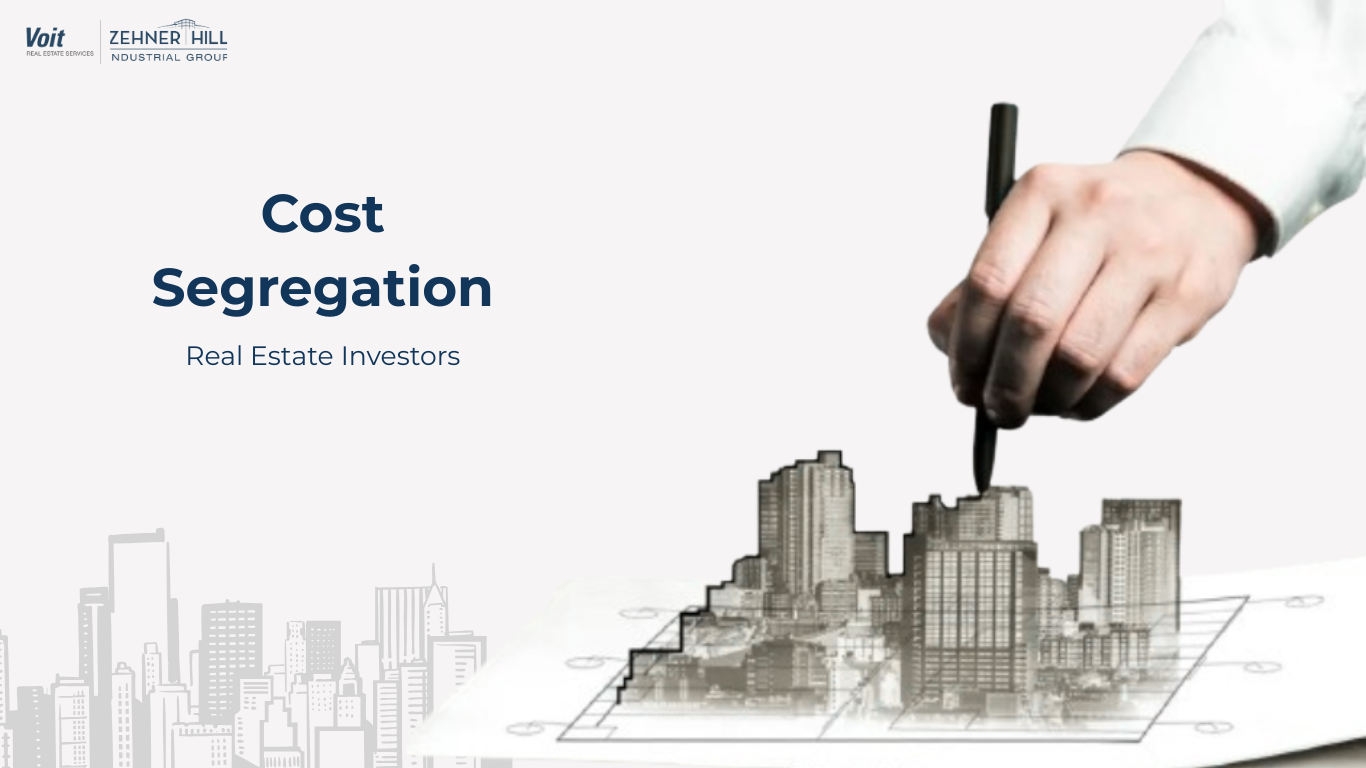Combine it with 100% Bonus Depreciation for massive up-front tax savings
We are doing our best to bring you timely and accurate updates on all aspects of the new law as the IRS reviews the legislation and drafts rules and regulations for taxpayers to follow. Until that is done, though, we have only the verbiage in the legislation itself to use as a guide. We can, however, get pretty close and at least provide you with enough information to seek counsel from your financial advisors on how the various aspects of the law might affect you. We would rather get everything to you as quickly as possible and risk being slightly off target, so you are ready to take action as soon as there’s a clear set of rules to follow.
Last week we talked about the return of 100% bonus depreciation and how it positively impacts both landlords and tenants looking to sign a new lease, or owner/user buyers looking for new homes for their businesses. Today, we discuss a process known as Cost Segregation, an existing tax savings tool for property owners that was turbo-charged by the passing of the OBBB.

Cost segregation is an alternate way of depreciating real property. Rather than subtracting the value of land from a property’s original basis and dividing the remainder by 39 to determine the annual depreciation deduction, in cost segregation, various elements of the property are depreciated in accordance with their designated economic lives, usually from 3 to 20 years. Irrigation, HVAC, lighting, power, and all other elements of the building are depreciated separately in accordance with IRS guidelines. The structure itself is still depreciated over 39 years, though the new law does provide for full bonus depreciation on structures that qualify as Qualified Production Property. The guidelines are very strict, and few properties will qualify. We will be reporting to you further on that aspect of the law in a subsequent post.
By using cost segregation, a building owner accelerates his depreciation benefits early in the life of the investment, thereby improving after-tax cash flow at the front end of the hold period. Expert cost segregators tell us that the accelerated portion of total depreciation runs in a range from as low as 20% to more than 80% for certain types of real property. Each property is different, so the taxpayer needs to conduct a cost segregation study prepared by specialists in the field to assure IRS compliance.
Now that the OBBB is the law of the land, cost segregation can be used in tandem with 100% bonus depreciation to create a whole new level of tax savings at the front end. As long as the economic life of a building component being segregated is 20 years or less, it can be fully depreciated in Year 1. So, there is a high likelihood that an owner/user buyer using SBA financing and a 10% down payment will receive more in tax savings in year 1 than he put down on the building. We know, it sounds too good to be true, and we all know what they say about that sort of thing. However, this is one of those exceptions that makes the rule.

Just using a back-of-the-napkin example, take a $4,000,000 building purchased in Anaheim with a depreciable basis of $3,000,000 after subtracting land value. If 40% (the middle of the range mentioned above) of the $3,000,000 is attributed to cost-segregated components (20-year property or less), then the buyer would deduct $1,200,000 for depreciation in Year 1. Assuming he is in the 37% federal income tax bracket, the buyer would save $444,000 in federal income taxes, and his 10% down payment was only $400,000. Thus, he gets his down payment back in tax savings generated by depreciation. This assumes the buyer had enough other income to use all the depreciation deduction in Year 1 to get the full benefit. If not, the “net operating loss” it creates can be used to reduce taxable income in subsequent tax years.
This example is oversimplified and actual results are unique to the individual taxpayer due to other rules and regulations. But it makes our point: the benefits of Cost Segregation have been greatly enhanced by the OBBB, especially for those businesses that are improvement and equipment intensive, as there are more “components” to cost segregate like air, gas and water lines, specialty lighting, and power to run machinery. The only way to really find out is to hire a specialist to conduct your own cost segregation study. We are working with one now to create some models that will help you determine whether cost segregation enhanced with 100% bonus depreciation is worth it for you.
For some would-be buyers who have been hesitant to move forward with a purchase, the benefits of cost segregation used in conjunction with 100% bonus depreciation is likely to motivate them to get off the sidelines and back in the game. If that proves true, demand will once again outstrip supply and reduce the likelihood of the market correction many have been expecting since 2022. Add the fact that mortgage rates have dipped back into the low 6% range again, and a good case can be made for a resurgent sales market by the end of the year.
More on Cost Segregation coming soon. Stay tuned.

